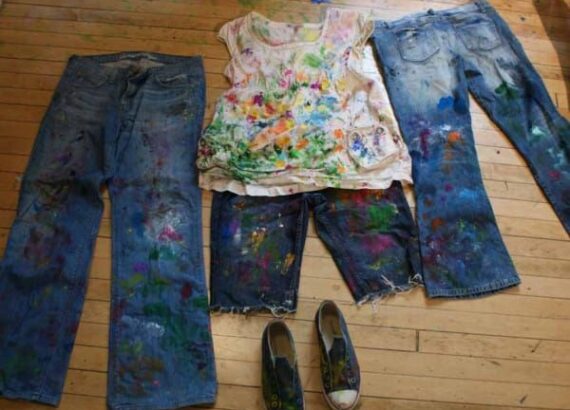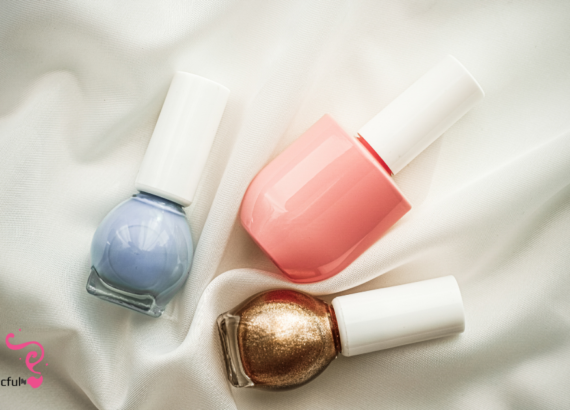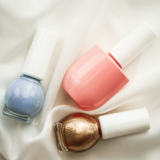Unlocking the Artistry: How to make blood color with acrylic paint?

Mastering the art of color in acrylic painting is akin to wielding a magician’s wand. And the journey becomes nothing short of enchanting when it comes to creating a bold and intense red that mimics the vitality of blood. How to make blood color with acrylic paint? We’ll take you on a colorful adventure and reveal the secrets to making blood-red acrylic paint in this guide. So put on your artist’s apron, grab your brushes, and let’s dive into the fascinating world of acrylics.
Why Blood-Red?
Before we begin the creative process, consider the significance of the color red in art. Red represents passion, love, courage, and, yes, blood – the essence of life. It has the power to elicit strong emotions, make a statement, or add a dramatic touch to your artwork. Whether you’re creating a vibrant floral bouquet or a scene from a gripping crime novel, the right shade of red can take your work to the next level.
Ingredients for Your Artistic Potion
Creating the perfect blood-red acrylic paint requires the right ingredients. Here’s what you’ll need:
1. Acrylic Paints:
Start with a good quality acrylic paint set. You’ll want primary colors like red, blue, and yellow, as well as white and black.
2. Palette:
A palette, preferably made of plastic or glass, for mixing your colors.
3. Paintbrushes:
A range of brushes, including flat, round, and detail brushes, will give you the flexibility to create different textures and effects.
4. Water:
To thin your paint and adjust its consistency.
5. Palette Knife:
Essential for mixing your colors thoroughly.
5. Canvas or Paper:
Choose your preferred painting surface.
6. Reference Image:
A picture of the shade of blood-red you want to achieve can be incredibly helpful.
The Magic of Color Mixing
How to Make Blood-Red Magic with Acrylic Paint? Color alchemy is required to create blood-red acrylic paint. Red, blue, and yellow are the primary colors available to you. To begin, you should use red as your base color. However, not all reds are the same.
Choosing the Right Red
Acrylics come in a variety of red hues, ranging from cadmium red to alizarin crimson. Look for a red paint that is on the warmer side of the spectrum for a true blood-red hue. Cadmium red, cadmium scarlet, or a deep crimson red are all good options. These warmer reds have hints of orange, making them ideal for creating a realistic blood color.
Mixing the Perfect Blood-Red
Here’s how to make blood color with acrylic paint, step by step:
Step 1: Begin with Red.
Begin by squeezing a large amount of your preferred red onto your palette. This will be your starting point.
Step 2: Incorporate a Touch of Blue
Add a small amount of blue to deepen the red and give it a rich, blood-like appearance. Blue is a powerful color, and a little goes a long way. You only need a small amount to create a subtle color shift.
Step 3: Use Yellow to Warm It Up
Incorporate a touch of yellow into your mixture to add warmth and vibrancy. Yellow will brighten the red and add a lively, arterial glow to it. Use it sparingly again, as too much yellow will quickly turn your mixture orange.
Step 4: Add depth with black.
If you want a darker, more dramatic blood-red, add a tiny amount of black to the mix. This adds depth and intensity. Remember that a little black goes a long way, so begin with a small amount and gradually increase if necessary.
Step 5: Mix Thoroughly
With your palette knife, mix the colors together thoroughly. Blend until you achieve the desired shade of blood-red. Don’t be afraid to experiment and adjust the ratios of the primary colors until you’re satisfied with the result.
Testing Your Blood-Red
It’s a good idea to test your freshly mixed blood-red paint on a separate surface before applying it to your canvas or paper. This allows you to make any necessary changes without affecting your main artwork. When you’re satisfied with the color, it’s time to paint the town – or canvas – red!
Here’s how to go about testing your blood-red paint:
1. Choose a Test Surface:
As your test canvas, use a spare canvas, a piece of paper, or even a scrap of cardboard. Because different materials absorb and reflect light differently, affecting the appearance of your paint, it should be similar in texture and quality to your actual painting surface.
2. Apply the Blood-Red Mixture:
Apply your freshly mixed blood-red paint to the test surface with a brush or palette knife. Experiment with different brush strokes and techniques to see how the color reacts under different conditions.
3. Examine in Various Lighting:
Take your test canvas to various lighting conditions. Natural light, warm indoor lighting, and even a spotlight can all have an impact on how your paint looks. You can learn how your blood-red hue will appear in different settings by observing your test sample in different lights.
4. Make Any Necessary Changes:
If, upon examination, you discover that your test paint isn’t quite the blood-red color you envisioned, don’t despair. This is an excellent time to make changes. More red can be added to intensify the color, a touch of blue can be added to deepen it, a hint of yellow can be added to warm it up, and a smidgeon of black can be added to add drama. Remember that color mixing is a dynamic process, and fine-tuning is an essential part of the creative process.
5. Document Your Recipe:
Take notes on the ratios and colors you add as you make changes to your test paint. This documentation will serve as your recipe for future blood-red perfection. It’s a fantastic tool for ensuring consistency in your artwork.
6. Check for Drying Compatibility:
Allow your test canvas to completely dry. Acrylic paint can appear darker when wet and lighter when dry at times. You’ll get a more accurate representation of the final color if your test paint is dry.
7. Contrast with Your Vision:
Finally, contrast the dried test paint with your original vision. Is it true to the color blood-red as you imagined it? If this is the case, you’ve achieved your ideal shade. Don’t be discouraged if you don’t. Adjustments are a necessary part of the creative process, and with each iteration, you get closer to your goal.
You’re ready to unleash your artistic prowess on your main artwork once you’re completely satisfied with the shade of blood-red on your test canvas. With the assurance of a tried-and-true formula, you can confidently paint the town – or canvas – red and bring your creative vision to life. The world is your canvas, and your preferred brushstroke is blood-red acrylic paint.
Techniques for Application
Now that you’ve created the perfect blood-red hue, it’s time to investigate some methods for incorporating it into your artwork:
1. Layering:
Because acrylic paint allows for layering, don’t be afraid to apply multiple coats to achieve the desired depth and opacity.
2. Blending:
Using a wet brush, blend different shades of red to create realistic highlights and shadows.
3. Dry brushing:
Apply a small amount of paint to a dry brush and lightly drag it across the canvas. This method produces a textured, slightly translucent effect.
4. Splattering:
Load a brush with paint and flick it across your canvas to create random splatters that mimic blood spatter for a dramatic, splatter-like effect.
5. Dilution:
Thin your paint with water for a more transparent, watercolor-like effect. This technique is ideal for achieving a soft, ethereal look.
Conclusion of how to make blood color with acrylic paint
In the world of artistry, mastering the art of creating blood-red acrylic paint is akin to mastering a powerful spell. You can bring your creative visions to life with vivid and realistic reds that evoke passion, drama, and life itself with the right ingredients, color mixing techniques, and application methods. So embrace the magic of acrylics and let your creative juices flow!
With the mesmerizing allure of blood-red acrylic paint, you can unlock your artistic potential and transform your canvas into a masterpiece. Your artwork will captivate viewers and leave a lasting impression, whether you’re painting a passionate love story or a chilling thriller. So, mix your paints, wield your brushes, and show the world the magic you can create with blood-red acrylics. Have fun painting!








